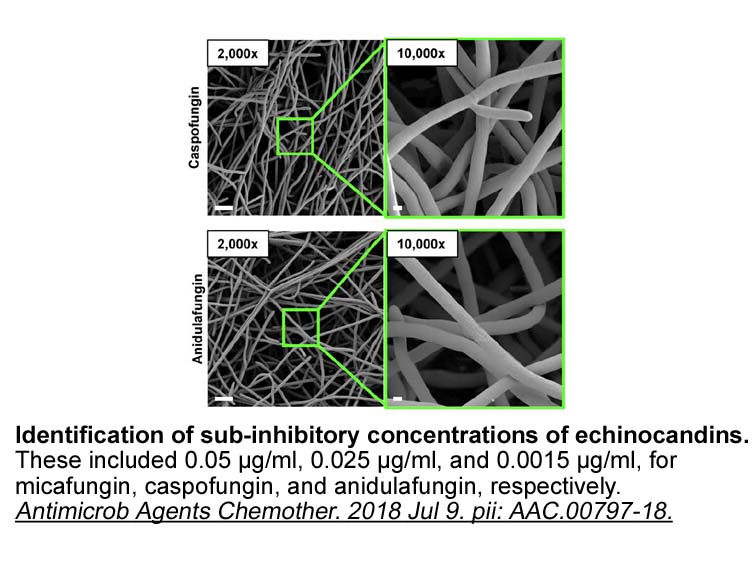Archives
The focused set of additional pyrazole analogs allowed the i
The focused set of additional pyrazole analogs allowed the identification of three additional moderately potent γ-secretase modulators, , and which were subsequently screened in a kinetic solubility assay. Unfortunately, neither the architectural changes in analog nor the integration of trifluoro substituents in analogs and resulted in an increase in solubility despite the decrease in the log observed for compounds and . Even though few ligands within the series showed improved solubility, overall the prepared butylpyrazole family of compounds provided tremendous insight into the specific interactions within the D-ring which govern biological potency.
As a complement to the tetrahydroindazoles and the substituted -butylpyrazoles, a novel set of compounds containing a cyclopentapyrazole D-ring were also explored. The primary design objective within this series was to evaluate whether contraction of the fused ring system would mitigate potential unfavorable clashes within the binding cleft resulting from the larger tetrahydroindazole scaffold while reducing the overall hydrophobic character of the substituent thereby improving aqueous solubility. Additionally, the substituted cyclopentapyrazoles were envisaged to broaden the structure-activity relationship (SAR) data through the incorporation of structural features which conferred activity to the previously prepared analogs within the context of this distinct scaffold.
Cyclopentapyrazole analogs – were synthesized based on the most act ive compounds within the tetrahydroindazole series. -Methyl derivative was unexpectedly inactive toward reducing the generation of Aβ42. However, -ethylcyclopentapyrazole , -isopropylcyclopentapyrazole and -trifluoroethylcyclopentapyrazole displayed good potency and were 4-fold, 3-fold and 2-fold superior to the corresponding tetrahydroindazoles , and , respectively. However, --butyl Pentamidine and -cyclobutyl compound were unaffected by the contraction of the fused ring system and displayed commensurate activity to the analogous tetrahydroindazoles and , respectively. Efforts to incorporate a more polar amino substituent resulted in a complete loss of activity as evidenced by -hydroxyethyl analog . The absence of a general tendency toward improved activity indicates that the smaller D-ring is not solely responsible for improved potency of the cyclopentapyrazole series. Additionally, increasing the size of the fused ring system to the corresponding cycloheptapyrazole, , provides an analog with activity superior to the analogous tetrahydroindazole , demonstrating the absence of a direct connection between size and activity within this particular region of the D-ring. Thus, the specific interactions of the non-planar fused D-ring system, as well as the alkyl amino substituent are crucial to facilitating favorable interactions within this region of the γ-secretase enzyme.
In order to correlate the binding mode of the substituted -butylpyrazoles within the cyclopentapyrazole family of compounds, 6,6-dimethylcyclopentapyrazole analogs and were also synthesized. The dimethyl substituent of compound was anticipated to occupy the hydrophobic region of γ-secretase in a similar fashion to -butyl group of pyrazole , however within the context of a more rigid scaffold. In addition, the slightly larger trimethylcyclopentapyrazole was conceived to explore the breadth of the binding pocket. Surprisingly, both ligands maintained similar activity to the parent pyrazole , displaying IC values of 62nM and 49nM for the inhibition of Aβ42, respectively. The unanticipated activity of both ligands demonstrates that there is little to no penalty associated with incorporation of methyl substituents at either the 4- or 6-positions of cyclopentapyrazole signifying the presence of a wide cavity which may yield, upon further exploration, favorable interactions with less hydrophobic moieties.
ive compounds within the tetrahydroindazole series. -Methyl derivative was unexpectedly inactive toward reducing the generation of Aβ42. However, -ethylcyclopentapyrazole , -isopropylcyclopentapyrazole and -trifluoroethylcyclopentapyrazole displayed good potency and were 4-fold, 3-fold and 2-fold superior to the corresponding tetrahydroindazoles , and , respectively. However, --butyl Pentamidine and -cyclobutyl compound were unaffected by the contraction of the fused ring system and displayed commensurate activity to the analogous tetrahydroindazoles and , respectively. Efforts to incorporate a more polar amino substituent resulted in a complete loss of activity as evidenced by -hydroxyethyl analog . The absence of a general tendency toward improved activity indicates that the smaller D-ring is not solely responsible for improved potency of the cyclopentapyrazole series. Additionally, increasing the size of the fused ring system to the corresponding cycloheptapyrazole, , provides an analog with activity superior to the analogous tetrahydroindazole , demonstrating the absence of a direct connection between size and activity within this particular region of the D-ring. Thus, the specific interactions of the non-planar fused D-ring system, as well as the alkyl amino substituent are crucial to facilitating favorable interactions within this region of the γ-secretase enzyme.
In order to correlate the binding mode of the substituted -butylpyrazoles within the cyclopentapyrazole family of compounds, 6,6-dimethylcyclopentapyrazole analogs and were also synthesized. The dimethyl substituent of compound was anticipated to occupy the hydrophobic region of γ-secretase in a similar fashion to -butyl group of pyrazole , however within the context of a more rigid scaffold. In addition, the slightly larger trimethylcyclopentapyrazole was conceived to explore the breadth of the binding pocket. Surprisingly, both ligands maintained similar activity to the parent pyrazole , displaying IC values of 62nM and 49nM for the inhibition of Aβ42, respectively. The unanticipated activity of both ligands demonstrates that there is little to no penalty associated with incorporation of methyl substituents at either the 4- or 6-positions of cyclopentapyrazole signifying the presence of a wide cavity which may yield, upon further exploration, favorable interactions with less hydrophobic moieties.